Scientists from Mexico and the U.S. discovered new hydrothermal vents and six possible new animal species during a 33-day expedition off the coast of California using underwater robots
27 Nov, 2021
Schmidt Ocean, Press release
LA PAZ, MEXICO – A multidisciplinary team of scientists from Mexico and the U.S. discovered new hydrothermal vents and six possible new animal species during a 33-day expedition off the coast of La Paz on Schmidt Ocean Institute’s research vessel Falkor. The underwater robot ROV SuBastian was used to explore and sample vents emitting fluids at temperatures up to 287°C (549°F) along with the unique animal communities inhabiting this extreme environment. ROV SuBastian additionally captured stunning imagery of the seafloor including hydrothermal mirror pools, calcite spires, and iridescent blue scale worms.
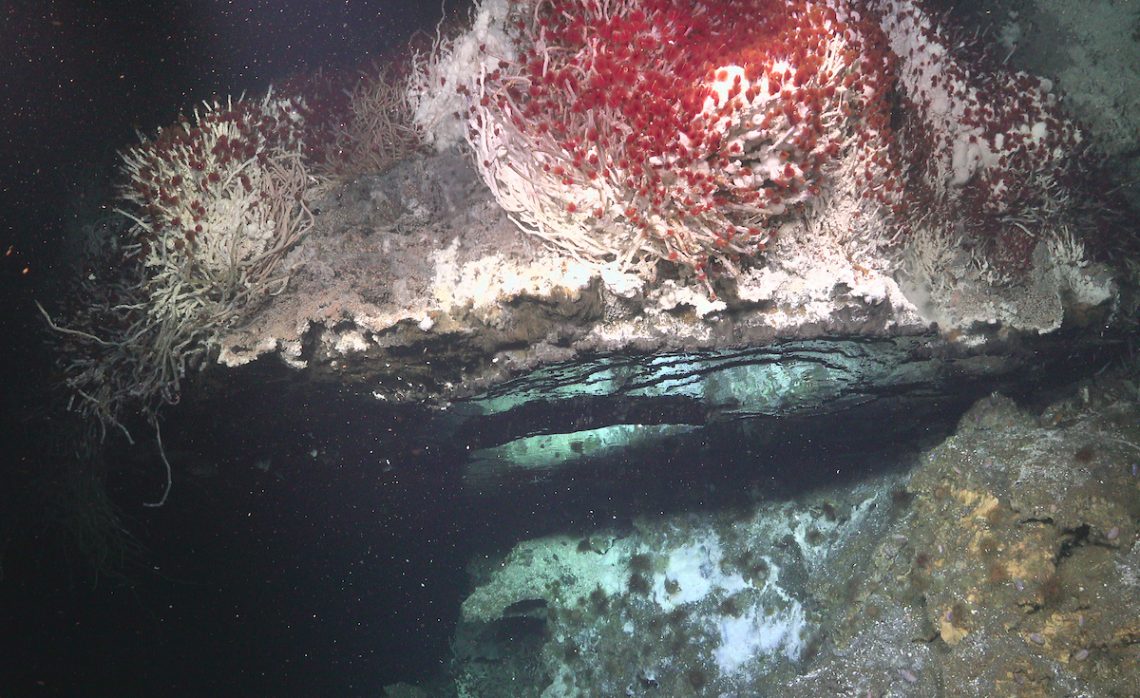
The largest of the new vent mounds, named Maija awi, sits midway between the JaichaMaa ‘ja’ag vent field, discovered by the same team during Schmidt Ocean Institute’s 2018 R/V Falkor expedition, and the Auka vent field, discovered during an expedition by the Monterey Bay Aquarium Research Institute (MBARI) in 2015. Additional hydrothermal vents were found south of JaichMaa ‘ja’ag, and are named ’Melsuu. The names of the vent fields and many of the individual mounds and chimneys derive from the languages of the indigenous Yuman peoples of Baja California. Maija awi was named after the divine serpent of water in the creation myth of the Kumiai people, as its shape resembles a dragon. ‘Melsuu means “blue” in the Kiliwa dialect of the Yuman people and was named for the large number of iridescent blue worms that were found amongst the vents.
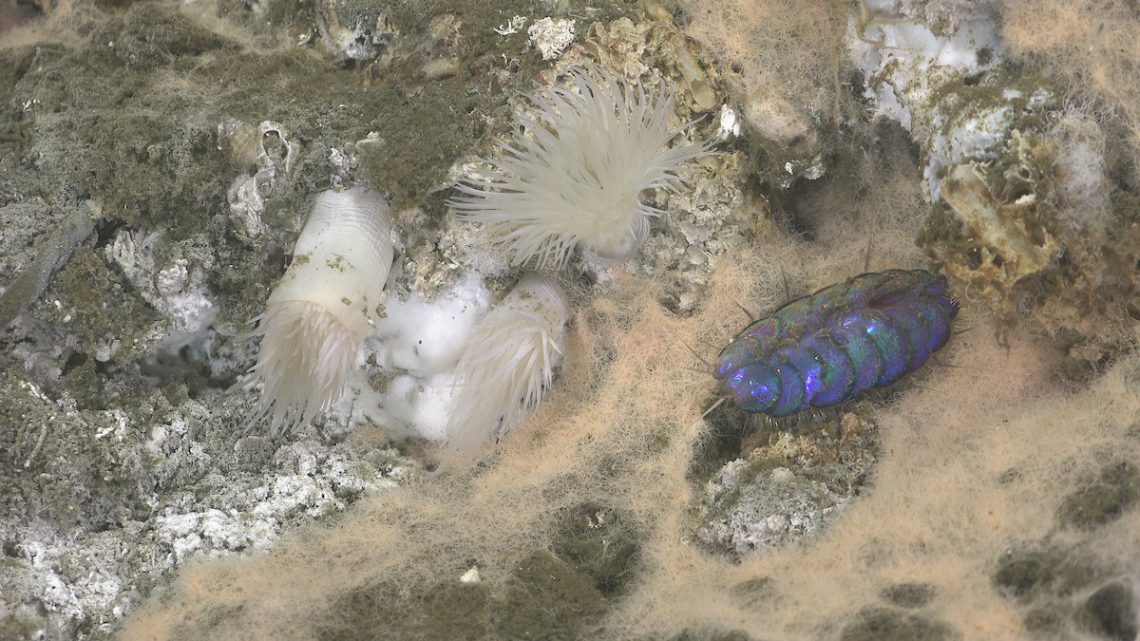
The expedition focused on tectonic processes and mapping, heat flow and geophysics of hydrothermal vents, and biology including microbes. The hydrothermal vents are located in the Pescadero basin and are unique both in their chemistry and appearance to other known hydrothermal vents, as they are the only ones currently observed to emit clear fluids as opposed to dark, smokey fluids associated with iconic “black smoker” vents. Scientists collected vent fluid to examine the chemical make-up and measured heat flow around the vents to determine if these vents are connected beneath the earth’s surface through one large reservoir or were created through separate fissures in the earth’s crust.
“Between the 2018 and 2021 Gulf of California expeditions, we have covered an unprecedented area of nearly 20,000 square kilometers, which is about 1/8th of the total surface area of the Gulf of California,” said co-Principal Investigator Dr. Ronald Spelz-Madero of the Autonomous University of Baja California. “Studying the relatively rapid rate at which the Gulf of California is forming expands our knowledge of how continental margins form, the places where most people live today.”
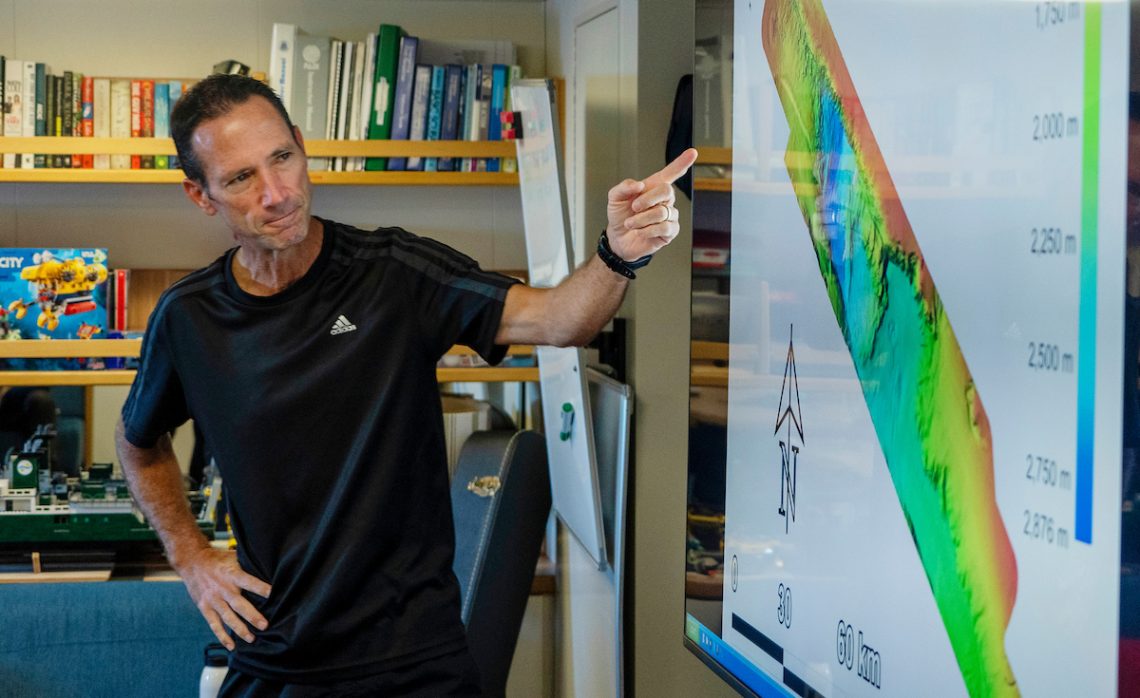
During this expedition six or more possible new species, including polychaetes, arrow worms, crustaceans, molluscs and roundworms were found, along with ten known species not previously found in the Pescadero Basin. “There appear to be differences in which vent animals dominate these different hydrothermal features,” said co-Principal Investigator Dr. Victoria Orphan. “The sites to the south had the highest density of blue scale worms, while others appeared to be more densely colonized by chemosynthetic anemones or tube worms.”
“Our team of scientists and engineers has been studying faulting, volcanism, and hydrothermal venting in the southern basins of the Gulf of California for a full decade,” said Chief Scientist David Caress, from MBARI. “This expedition has simultaneously built on our past exploration of the Alarcon and Pescadero basins and enabled further exploration in the adjacent but poorly known Farallon and Carmen Basins.”
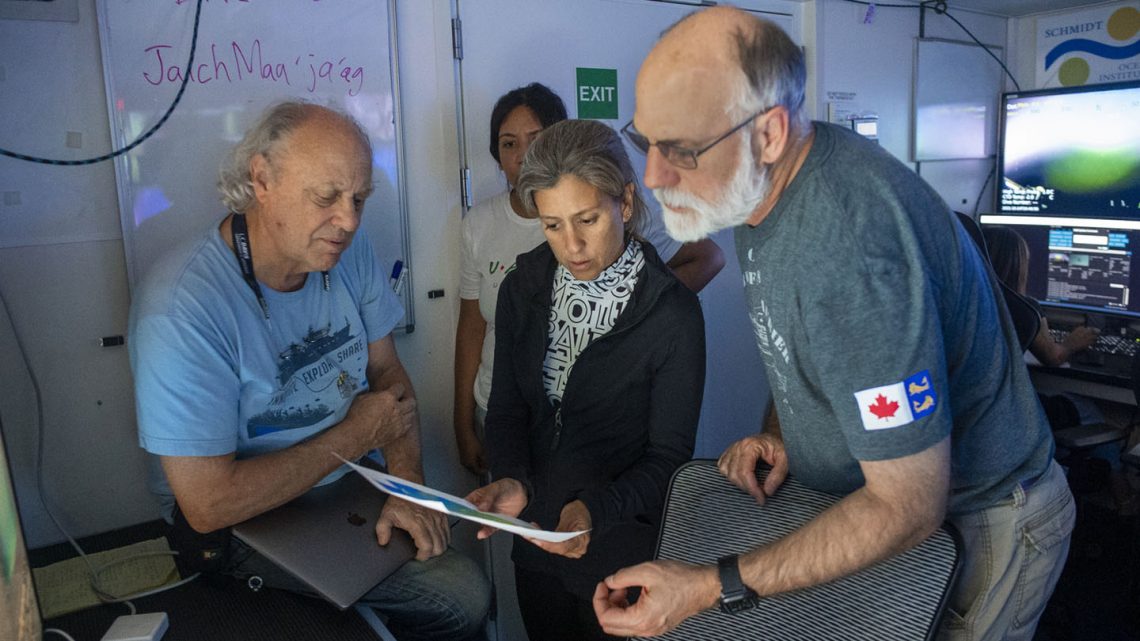
The team was led by Drs. David Caress of MBARI, Ronald Spelz-Madero from the Autonomous University of Baja California (UABC), Raquel Negrete-Aranda of the Ensenada Center for Scientific Research and Higher Education (CICESE), and Victoria Orphan of the California Institute of Technology, in collaboration with scientists from the University of California Davis, Occidental College, Scripps Institution of Oceanography, and Oregon State University.
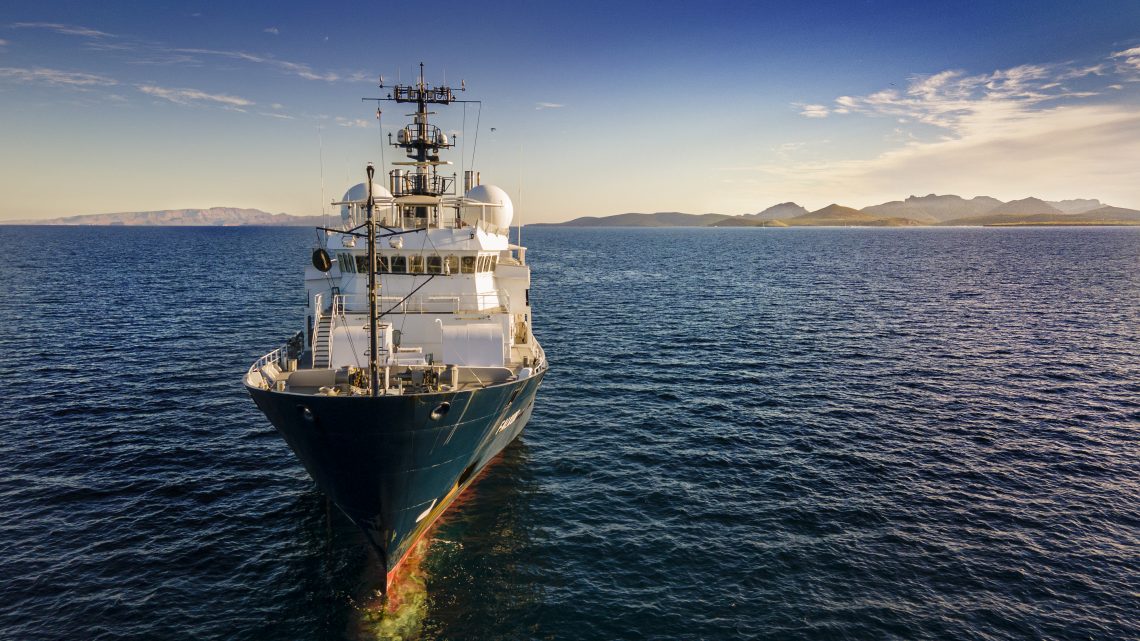
The expedition marks the end of the research vessel Falkor’s tenure with Schmidt Ocean Institute before the organization transitions to its new ship, the R/V Falkor (too). “This was a spectacular finale to an incredible decade of science conducted on board R/V Falkor, which has been used to support international, interdisciplinary collaborations that shed light on the still-unknown deep sea to better characterize and understand our Ocean in a changing climate,” said Schmidt Ocean Institute Executive Director Dr. Jyotika Virmani. “We look forward to continuing this mission onboard our new research vessel Falkor (too), and contributing to global initiatives such as Seabed 2030, and the U.N. Decade of Ocean Science for Sustainable Development.”
About the Organizations
Schmidt Ocean Institute was established in 2009 by Eric and Wendy Schmidt to advance oceanographic research through the development of innovative technologies, open sharing of information, and broad communication about ocean health. It operates Falkor, the only year-round philanthropic research vessel in the world that is made available to the international science community at no cost. For more information, visit www.schmidtocean.org.
MBARI (Monterey Bay Aquarium Research Institute) is a private non-profit oceanographic research center, founded by David Packard in 1987. The mission of MBARI is to advance marine science and technology to understand a changing ocean. For more information, visit https://www.mbari.org/.
The Autonomous University of Baja California (Spanish: Universidad Autónoma de Baja California, UABC) is a public institution of higher education in the Mexican state of Baja California, and was officially formed on February 28, 1957. UABC’s mission is to fully train professional citizens, competent in the local, national, cross-border and international spheres, free, critical, creative, supportive, entrepreneurial, with a global vision and capable of transforming their environment with responsibility and ethical commitment; as well as promoting, generating, applying, disseminating and transferring knowledge to contribute to sustainable development, the advancement of science, technology, the humanities, art and innovation, and the increase in the level of human development of the Baja California society and from the country. For more information, visit http://www.uabc.mx/.
The Center for Scientific Research and Higher Education of Ensenada, Baja California, was created in 1973 by the federal government as part of the initiative to decentralize scientific activities and modernize the country. The CICESE belongs to the system of public research centers of the National Council of Science and Technology (Conacyt) and over more than four decades, it has evolved to become one of the main scientific centers in Mexico. The CICESE’s mission is to generate knowledge and technology that contributes to the solution of universal, national and regional problems, conducting basic and applied research and training human resources at the postgraduate level in biological, physical, information, sea and Earth sciences, within a framework of responsibility, ethics and leadership for the benefit of society. For more information, visit https://www.cicese.edu.mx/.
Caltech is a world-renowned science and engineering institute that marshals some of the world’s brightest minds and most innovative tools to address fundamental scientific questions and pressing societal challenges. The Institute manages JPL for NASA, sending probes to explore the planets of our solar system and quantify changes on our home planet. Caltech also owns and operates large-scale research facilities such as the Seismological Laboratory and a global network of astronomical observatories, including the Palomar and W. M. Keck Observatories; and cofounded and comanages LIGO. Caltech is an independent, privately supported institution with a 124-acre campus located in Pasadena, California. For more information, visit https://www.caltech.edu/.
Occidental College (informally Oxy) is a private liberal arts college in Los Angeles, California. Founded in 1887, it is one of the oldest liberal arts colleges on the West Coast of the United States. With more than 40 majors and minors, one-of-a-kind programs like the Kahane United Nations Program, Occidental lays the groundwork for a compelling intellectual adventure. The mission of Occidental College is to provide a gifted and diverse group of students with a total educational experience of the highest quality—one that prepares them for leadership in an increasingly complex, interdependent and pluralistic world. For more information, visit https://www.oxy.edu/.



